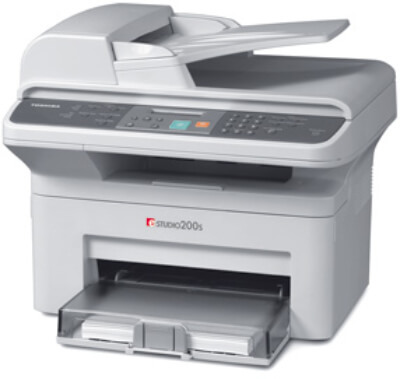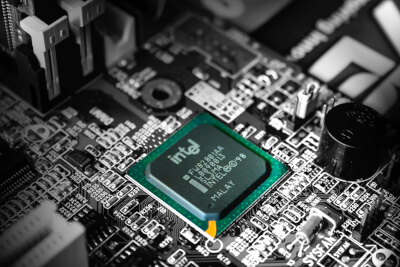A research team
Architectural Innovation Definition
Architectural innovation refers to destroying the usefulness of a company’s architectural knowledge but preserving the usefulness of the knowledge about the firm’s products components (a physically distinct portion of a product that represents the core design concept and performs a well-designed function).
Architectural vs Component Innovation
Architectural innovation refers to the innovation of an architecture of any product that changes or modifies the way various components of the systems link or relate to each other. The different components of the system can be changed within the improved architecture (lighter weight, the smaller form factor, etc.); however, the main technologies at a component level remain unmodified.
Popular Architectural Innovation Examples
-
Winchester Disk Drives
The ‘8’ or ‘14’ Winchester disk drives were an architectural innovation from ‘3.5’ disk drives. The ‘3.5’ disk drives were smaller, lighter and lower in costs ( that is in terms of total cost and not cost per Megabyte) over the Winchester architecture.
The Winchester hard drive had storage of 30mb of removable storage and 30mb fixed storage. This is why IBM named it Winchester in respect of its 30/30 rifle. The modern disks are fast and convenient, but they still use the same technology.
-
Desktop Photocopiers

One of the best things about a digital photocopier is that they are compact and can fit in any small office. In this digital age, photocopiers are even multifunctional and can do several tasks. Before the desktop photocopiers, there were stand-alone photocopiers. A stand-alone photocopier is a single unit dedicated to copying functions. This was the only option, and it only favored big corporations. Now small businesses do not need extra space for photocopying. This explains why desktop photocopiers are an architectural shift of the stand-alone photocopiers.
-
Multi-core Processor
A multi-core processor is a combined circuit that two or more processors have been connected for enhanced performance with low power performance. It is also more efficient in processing multi-tasks. A dual core set-up can be compared to multiple separate processors in one computer. However, because the two processors are plunged in one socket, their connection is faster.

A computer processor
A dual-core processor is twice as powerful as a single-core processor. Practically, the performance is estimated to be 50%; a multi-processor is approximately one-and-a-half times powerful as the single-core processor.
Multi-core processing is trending in the industry in this digital era as the single-core processors reach the maximum physical limits possible in terms of speed and complexity. Currently, most of them are multi-core. Systems with a larger number processor core (with tens and hundreds) are referred to as massively multi-core systems to as many-core.
This explains the architectural shift of single-core processor to the multi-core processor.
How is it different from Component Innovation then?
Component innovations are modifications that improve one or multiple components making up the systems, leaving the architecture innovation untouched.
Examples of Component innovation include;
- Continuous reduction of minimum feature size in transistors (going from 180nm>135nm>90nm, etc.) which improves the performance of an integrated circuit.
- Grinding the magnetic head of a disk driver finer, which you can store more bits per square inch, improving the capacity of disk drives.
Many incumbent firms are operating in environments where the product’s architecture is largely fixed. In some cases, the established firms were once innovators who were able to create the dominant architecture of the category. Examples of dominant designs include; Apple Computer in music downloads and IBM with the Personal Computer. The incumbent firms differentiate themselves by their ability to improve the performance of the system.
One historical company that failed due to inability to cope with architectural innovations is Xerox. The latter failed in creating a competitive desktop copier to compete with Canon.
The Future of Architectural Innovation
Upcoming companies attacking big companies with architecture innovation have a better shot in success. When it comes to component level innovations, incumbents can easily ‘out resource’ the small companies. Examples of firms following this path include eASIC in silicon prototyping or Structured ASIC vendors eSilicon. Another good example is that of firms creating different ways of distributing content such as social networking (Myspace) and (YouTube).
Conclusion
Architectural innovation creates an improvement in the ways in which components; some of which are not necessarily innovative together, are combined. Examples include networked computer systems and flexible manufacturing systems.
There is a slight difference between component innovation and architectural, in that the latter involves changing how certain features are combined, while component innovation involves improving one or more features of a product.



